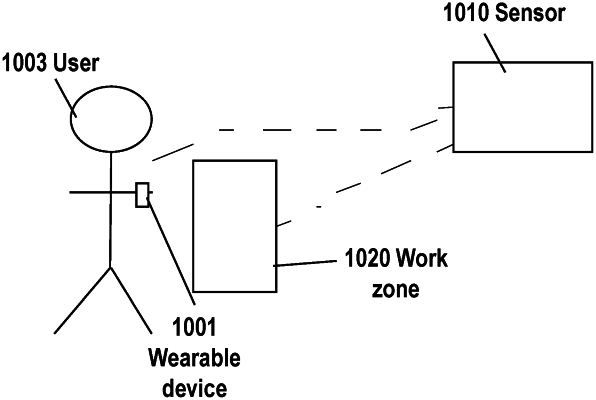| CPC G16H 40/63 (2018.01) [G06N 20/00 (2019.01); H04L 67/52 (2022.05); H04Q 9/00 (2013.01)] | 28 Claims |

|
1. A method for managing safety and risk in a remote workplace comprising:
(a) collecting, via a local network deployed to the workplace that is on a movable object, data stream from one or more sensors and a user device, wherein a geo-location of the local network is detected and wherein a data transmission scheme between the local network and a cloud server is determined based at least in part on the geo-location, and wherein the data transmission scheme specifies which portion of the data stream to be transmitted from the local network to the cloud server, a data center, a cloud database and a third party entity, when and at what frequency to transmit the portion of the data stream;
(b) transmitting, via the local network, the data stream to an edge computing device located within the workplace, wherein the data stream is stored in a database local to the workplace;
(c) processing the data stream as input by one or more trained predictive models running on the edge computing device, and outputting (i) a predicted hazardous condition associated with a work zone within the workplace and (ii) a predicted health condition of a user associated with the user device, wherein the one or more predictive models are trained and developed using machine learning algorithm at an entity remote from the workplace; and
(d) generating a dynamic geofencing area associated with the work zone, wherein the dynamic geofencing area is generated by adjusting a boundary of the dynamic geofencing area base at least in part on the predicted hazardous condition, and determining a permitted duration for the user to be in the dynamic geofencing area based at least in part on the predicted health condition.
|